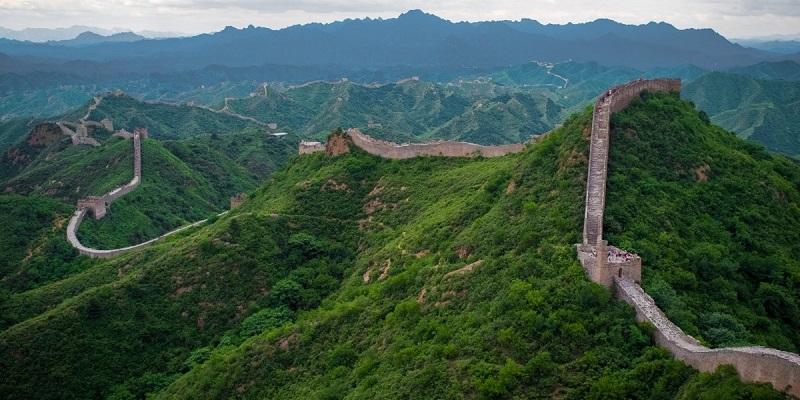Most Famous Walls in the World worth checking out
Walls have long been constructed for various purposes, from defense to demarcation and sometimes as monuments of cultural significance. These structures stand as proof to human ingenuity, resilience, and historical context. The most famous walls around the world captivate not just for their sheer size and engineering marvels but also for the history within their stones.
They span continents and centuries, each offering unique insights into the civilizations that built them and the historical events that shaped their existence. From ancient barriers of protection to symbols of division and unity, these walls continue to fascinate visitors and historians. Here are some of the most famous walls in the world.
The Great Wall of China
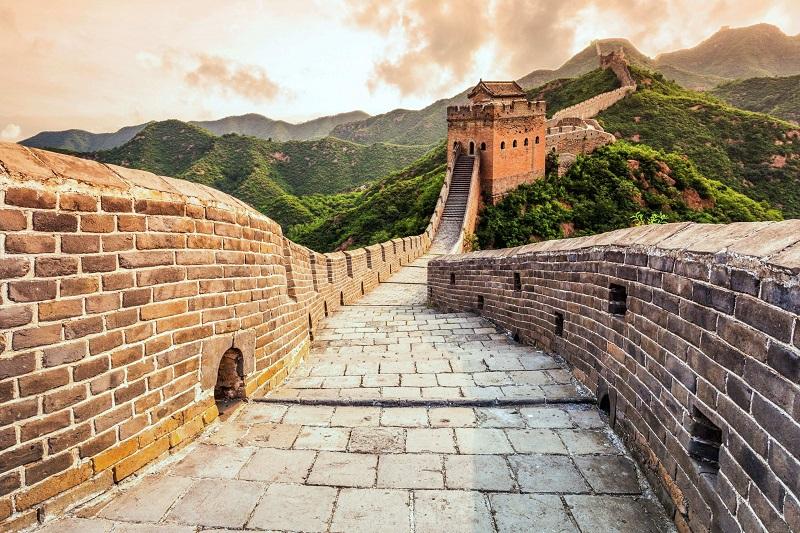
The Great Wall of China, stretching over 13,000 miles, is undoubtedly the most famous wall in the world. Constructed primarily between the 14th and 17th centuries during the Ming Dynasty, it was built to protect against invasions from northern tribes. What makes this wall remarkable is its sheer length and the variety of terrains it traverses, including mountains, deserts, and grasslands.
Visiting the Great Wall offers a glimpse into the incredible engineering and labor force required to construct such an immense structure. The best time to visit is during spring (April to May) and autumn (September to October) when the weather is mild and the scenery is breathtaking with blooming flowers or colorful foliage. Distinctive features include the watchtowers and battlements that provide stunning views of the surrounding landscape.
The wall’s various sections, such as Badaling and Mutianyu, offer different experiences, from well-preserved paths to rugged, wild sections. Important to know is that while the Great Wall cannot be seen from space with the naked eye, its cultural and historical significance make it a must-visit destination for travelers.
The Berlin Wall
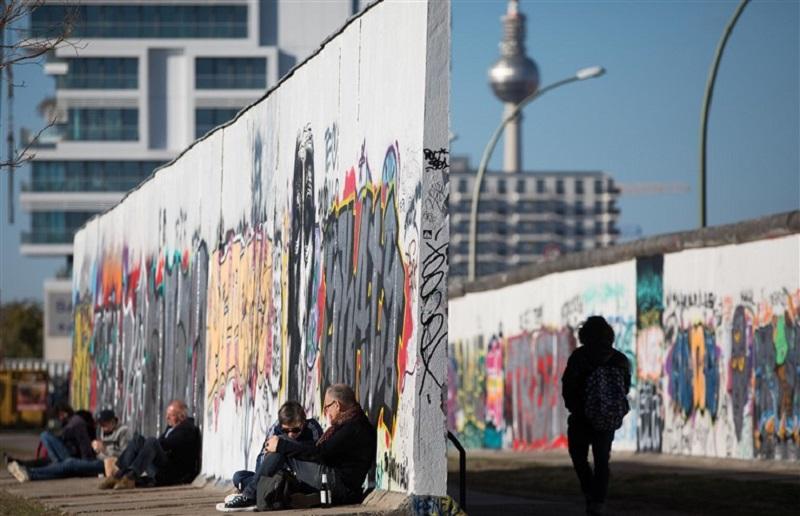
The Berlin Wall was built in 1961 and torn down in 1989. It was a powerful symbol of the Cold War dividing East and West Berlin both physically and ideologically. This wall stretched for about 96 miles, surrounding West Berlin and cutting off East Berliners from the western part of the city and the rest of the world.
What makes the Berlin Wall famous is its representation of the struggle for freedom and the stark reminder of the impact of political division. Visiting Berlin offers a deep dive into history, especially at sites like the East Side Gallery. Here a remaining section of the wall is now an open-air gallery adorned with murals by artists from around the world.
The best time to visit is during late spring to early autumn (May to September) when the weather is pleasant for outdoor exploration. Distinctive features include Checkpoint Charlie, the former border crossing point, and the Berlin Wall Memorial with an overview of the wall’s history and the lives affected by it. It’s important to understand the socio-political context of the wall to fully appreciate the stories of resilience and hope that emerged from this period of division.
The Western Wall
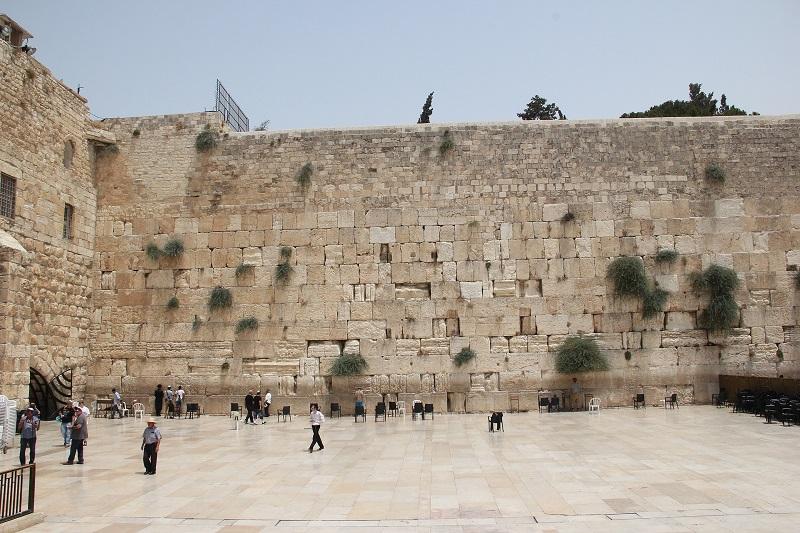
The Western Wall, also known as the Wailing Wall, is a significant religious site located in the Old City of Jerusalem. It is the last remaining wall of the Second Jewish Temple, destroyed by the Romans in 70 CE. This wall is considered the holiest place where Jews are permitted to pray, making it a focal point of Jewish worship and pilgrimage.
What makes the Western Wall famous is its profound religious significance and the centuries-old tradition of placing prayer notes between its stones. The best time to visit is during the Jewish festivals of Passover, Sukkot, or Hanukkah. The wall is particularly vibrant with activity, though it can be crowded.
Distinctive features include the separate sections for men and women, the small pieces of paper with prayers tucked into the crevices, and the nearby Western Wall Tunnels. These offer a fascinating underground tour of ancient Jerusalem. Important to know is that the Western Wall Plaza is accessible to visitors of all faiths, and respectful behavior and attire are required due to the site’s religious significance.
Hadrian’s Wall
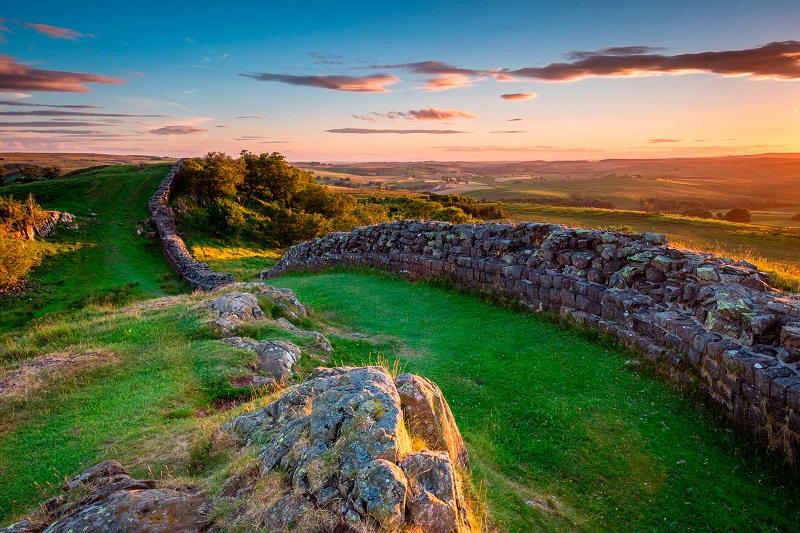
Hadrian’s Wall, located in Northern England, is a remarkable Roman wall stretching approximately 73 miles from the North Sea to the Irish Sea. Built on the orders of Emperor Hadrian in 122 AD, it was designed to protect the northern boundary of the Roman Empire from barbarian invasions. What makes Hadrian’s Wall famous is its historical significance as one of the greatest remnants of Roman Britain and its status as a UNESCO World Heritage Site.
The wall has well-preserved sections, ancient forts, and museums that provide insights into Roman military life. The best time to visit is from late spring to early autumn (May to September) when the weather is suitable for walking and exploring the surrounding countryside. The milecastles and turrets that punctuate the wall at regular intervals, providing panoramic views of the rugged landscapes of Northumberland and Cumbria
The Walls of Dubrovnik
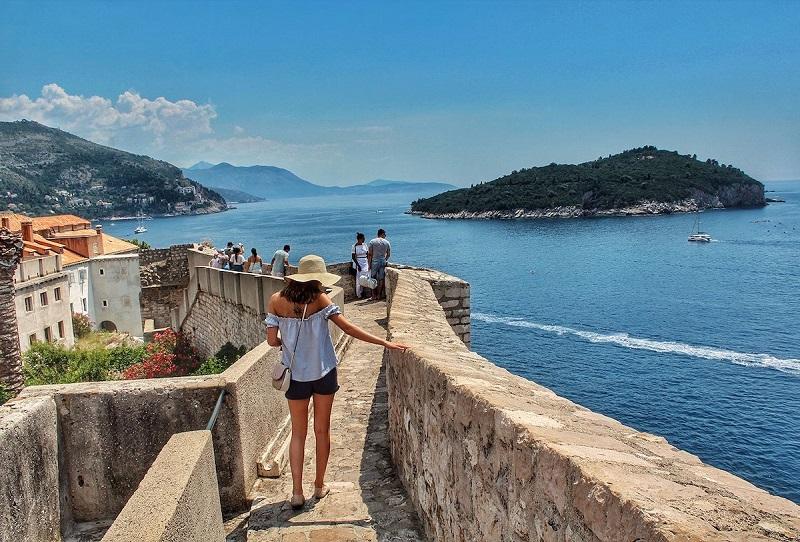
The Walls of Dubrovnik in the Old Town of Dubrovnik, Croatia, are among the best-preserved medieval fortifications in the world. Constructed primarily between the 12th and 17th centuries, these walls stretch nearly 2 kilometers and offer spectacular views of the Adriatic Sea and the city’s red-roofed buildings. What makes the Walls of Dubrovnik famous is their stunning preservation and the way they capture the city’s rich history and maritime heritage.
The best time to visit is during the shoulder seasons of spring (April to June) and autumn (September to October) when the weather is pleasant, and the crowds are thinner. The wall has an intricate system of towers, bastions, and fortresses that provide both defensive strength and breathtaking viewpoints. It’s advisable to visit early in the morning or late in the afternoon to avoid the peak tourist rush.
Walls that Tell Tales
From the ancient expanses of the Great Wall of China to the poignant remnants of the Berlin Wall, these famous walls are symbols of human history and architecture. Each wall captures unique stories and significant cultural contexts that continue to intrigue and educate visitors.
